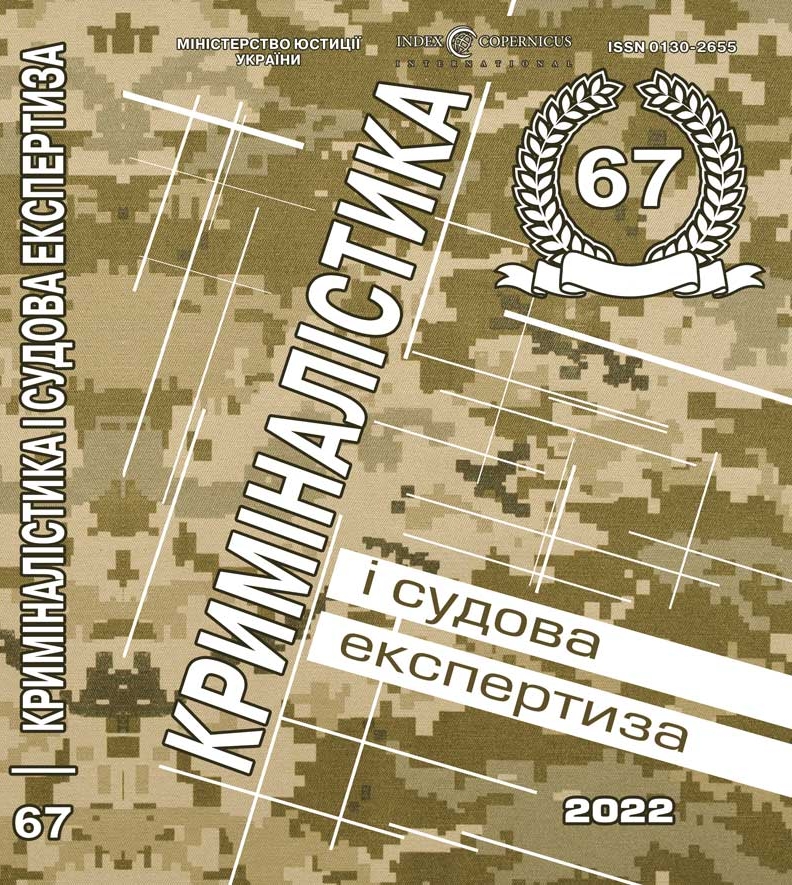
DOI: https://doi.org/10.33994/kndise.2022.67.46
A. Kovalenko
The article is devoted to demonstrating the possibilities of using 3D scanning technologies to capture and study volumetric footprints. The author notes that traditional methods of visual fixation of such reflections (description, measurement, photography) are not informative enough, and the main method of object fixation (making plaster and other molds) is associated with the risk of significant damage to the fixed trace. At the same time, the use of contactless 3D scanners allows you to quickly, efficiently, and non-invasively create detailed digital 3D models of volumetric footprints.
The author experimentally tested the fixation of shoe footprint in terms of inspection of the scene (at the place of its detection), scanning of the potential trace-forming object in terms of its separate inspection (in the laboratory), as well as a study of 3D models using laser 3D scanners Artec Leo and Artec Space Spider and Artec Studio 16 software. Possibilities of using Artec Studio 16 software to study and compare 3D models of forensically significant objects are demonstrated.
The author’s experiments showed that with the use of 3D scanners with a scanning accuracy of up to 0.1 mm and the appropriate software, it is possible to scan and examine shoe prints with medium and large tread pattern elements, and using scanners with scanning accuracy up to 0.05 mm and more – fixation of traces left by shoes with more complex patterns of sole protector. The 3D models obtained in this way are accurate and detailed, accurately convey the size, shape, and color of scanned objects, and can be used for visual inspection and comparison of objects, and their visual demonstration (for example, in court). The level of detail of 3D models obtained with Artec Leo and Artec Space Spider allows comparative studies of shoe traces and the corresponding traceorming objects on their 3D models. Methods similar to those described in this article can be effectively used to capture and study other types of volumetric traces and their corresponding trace-forming objects: traces of tire treads and other parts of vehicles, breakage tools, bullet holes, etc.
Key words: 3D scanning, 3D scanner, fixation, foot traces, comparative research.










